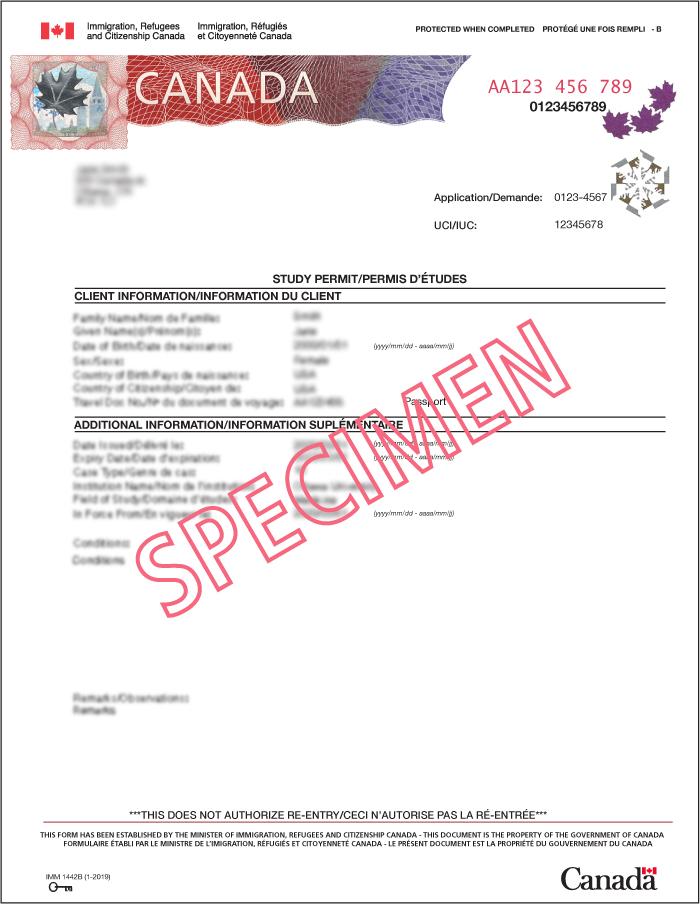Canada has issued 9,995 study permits to Indian students between January and August 2024, marking a significant decline compared to the 76,930 permits granted throughout the entirety of last year, according to data reported by the National Post. This sharp decrease comes amid shifting immigration policies and evolving global education trends, raising questions about the factors influencing the flow of Indian students to one of Canada’s most popular international study destinations.
Canada Sees Significant Decline in Student Permits Issued to Indian Nationals This Year
The number of student permits issued to Indian nationals by Canadian authorities has plummeted dramatically in the first eight months of this year. From January through August, only 9,995 permits were granted, marking an astonishing 87% decrease compared to the same period last year, when 76,930 permits were issued. This sharp downturn raises significant concerns for both prospective students and Canadian educational institutions that have traditionally relied on a robust influx of Indian students to sustain enrollment and cultural diversity on campuses.
Industry analysts point to several possible factors contributing to the decline, including stricter immigration policies, processing backlogs, and changes in international student demand amid global uncertainties. The impact is already being felt across multiple sectors, including:
- University enrollment figures – with some programs experiencing a steep drop in applications from Indian students.
- Local economies – particularly in cities popular with international students, where reduced spending could affect businesses and housing markets.
- Canada’s future talent pool – as fewer international students may translate into diminished skilled labor availability in the long term.
| Year | Student Permits Issued | Year-over-Year % Change |
|---|---|---|
| 2023 (Jan-Aug) | 9,995 | -87% |
| 2022 (Jan-Aug) | 76,930 | — |
Factors Contributing to the Drop in International Student Applications from India
The sharp decline in international student applications from India to Canada can be attributed to a combination of institutional, geopolitical, and financial factors. Increasing tuition fees and living costs have made Canadian education less affordable for many prospective Indian students, especially amidst the country’s economic uncertainties. Additionally, the tightening of visa regulations and prolonged processing times have caused frustration, leading many applicants to reconsider their options. The competition from other countries with more streamlined admission processes and attractive scholarship packages has further diverted interest away from Canada.
Moreover, broader geopolitical tensions and shifting immigration policies have eroded the appeal of Canada as a destination for higher education. The uncertainty around post-graduation work permits and permanent residency pathways has made students and their families hesitant. Below is a brief overview of some key factors influencing the decline:
- Rising living expenses in major Canadian cities
- Lengthy visa processing affecting timely admissions
- Stronger competition from countries like Australia and the UK
- Changing immigration policies limiting work opportunities
- Economic fluctuations impacting family budgets
| Factor | Impact |
|---|---|
| Tuition & Living Costs | High affordability concerns |
| Visa Processing Delays | Application withdrawals rise |
| Immigration Policy Changes | Reduced work permit optimism |
| Destination Alternatives | Australia and UK gain traction |
Strategies for Indian Students and Educational Institutions to Navigate Changing Immigration Policies
Indian students and educational institutions must adopt a multi-pronged approach to effectively navigate the evolving landscape of Canadian immigration regulations. Proactive communication with immigration experts is paramount, allowing students to stay updated on policy shifts and visa processing trends. Institutions can enhance their support systems by offering dedicated counseling services focused on immigration nuances-such services may include workshops on application best practices, timely updates about documentation requirements, and guidance on pathway programs for permanent residency. Additionally, diversifying academic offerings and establishing partnerships with Canadian employers can open alternative avenues for post-graduate employment, making the transition smoother despite stricter permit issuance conditions.
Collaborative efforts between students, institutions, and policymakers will prove critical in adapting to the current scenario. Key strategies include:
- Exploring alternative study destinations with favorable immigration policies, while maintaining Canada as a long-term goal.
- Leveraging technology-enabled orientation programs that help students prepare remote application documents and virtual interviews.
- Advocating for streamlined processes through student bodies and institutional channels to provide feedback to immigration authorities.
- Enhancing pre-arrival readiness by engaging in online skill development and language proficiency courses to meet emerging eligibility criteria.
| Strategy | Benefit | Responsible Stakeholder |
|---|---|---|
| Immigration-focused counseling | Up-to-date visa guidance | Educational Institutions |
| Alternative destination evaluation | Risk mitigation | Students |
| Partnerships with local employers | Job opportunities post-graduation | Institutions |
| Policy advocacy | Improved processing times | Student Bodies |
The Conclusion
The significant decrease in study permits issued to Indian students from January to August this year, compared to the previous year, highlights shifting trends in Canada’s international education landscape. As the country continues to navigate post-pandemic recovery and evolving immigration policies, stakeholders will be closely watching how these figures impact both Canadian institutions and the broader bilateral relationship with India. Further developments in permit approvals and student mobility are likely to shape the future outlook for Canadian education and immigration sectors in the months ahead.




